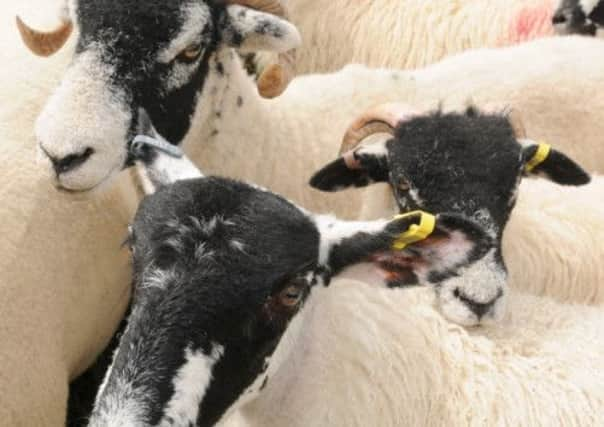‘Think carefully before switching sheep breeds’


Careful evaluation of the system used by the farmer and gaining an understanding of the problems caused by the previous year’s disruptive bad weather are essential to making well-considered changes that could lead to a more robust flock when the next difficult year comes, says Liz Genever, EBLEX’s senior livestock scientist.
“Many farmers quickly look to a new breed to solve their problems,” she said.
Advertisement
Hide AdAdvertisement
Hide Ad“However, this sometimes fails to deliver what’s expected and, when bringing in a new breed, ewes must be monitored to ensure they are performing well before committing to that breed for the long term. Remember, performance results must be adjusted for age in order to compare them with the targets set.
“Before setting performance targets, it’s vital to have a baseline of how current ewes are performing to identify strengths and weaknesses.
“A simple but effective tool to evaluate different groups is to calculate the average carcase weight produced per ewe, by multiplying the average number of lambs reared per ewe tupped by the average carcase weight.
“Use a killing-out percentage of about 46 per cent to calculate carcase weight for lambs sold liveweight as finished animals or stores. The target for lowland flocks should be greater than 30kg with 20kg to 25kg being the target range for hill flocks.
Advertisement
Hide AdAdvertisement
Hide Ad“A more thorough evaluation is possible using the ewe efficiency calculation, which can be used to understand what proportion of the ewe weight is weaned. This is defined as adjusted 90-day weaning weight, multiplied by weaning percentage and divided by average ewe weight at tupping.
“The adjusted 90-day weaning weight is aiming to standardise flock results from the mid-point of lambing, so when weaning earlier multiply average daily liveweight gain by the difference in days and add it on. When weaning later, deduct the difference.”
This performance measure can be used to assess different groups of ewes, she said, but it should not be used at an individual level.
For more detailed guidance from EBLEX, visit www.eblex.org.uk/returns